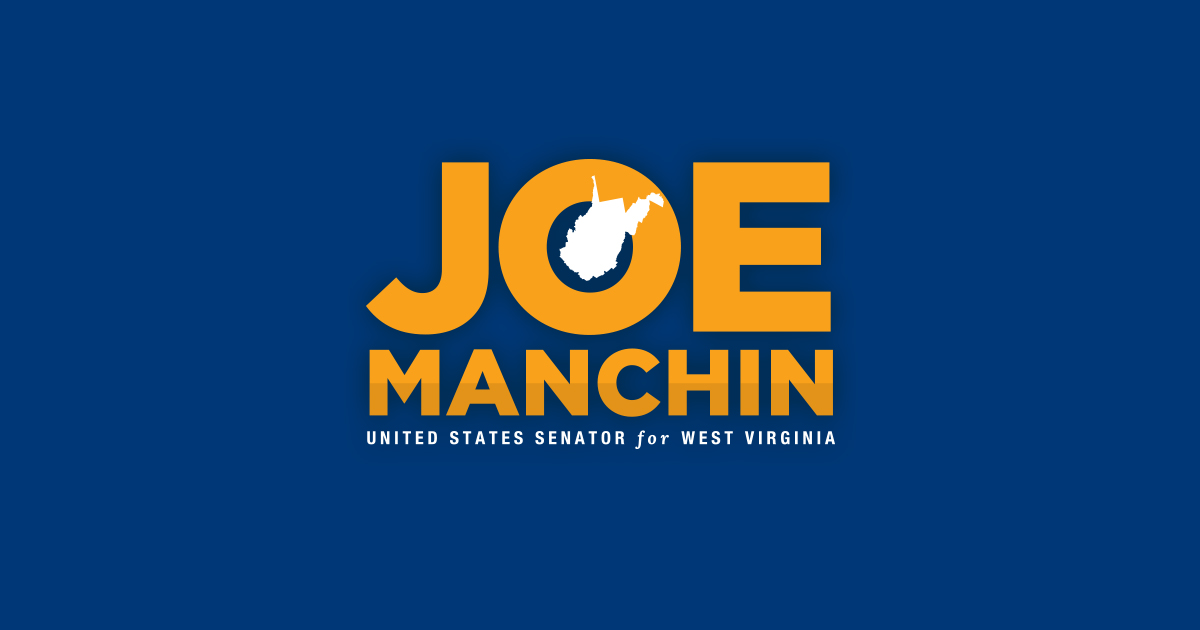Source: United States Senator for West Virginia Joe Manchin
Washington, DC – Today, U.S. Senator Joe Manchin (D-WV), Chairman of the Senate Energy and Natural Resources Committee, introduced the Building American Energy Security Act of 2023, the text of the National Defense Authorization Act (NDAA) amendment that was supported by 47 Senators (40 Democrats and 7 Republicans) in a tied floor vote in December 2022. This legislation will serve as a starting point for upcoming conversations in the Senate around reforming energy permitting to ensure American energy security and independence. Read the text of the Building American Energy Security Act of 2023 here. Read a summary of the Building American Energy Security Act of 2023 here.
“In the United States, it often takes between five and ten years — sometimes longer — to get critical energy infrastructure projects approved, putting us years behind allies like Canada, Australia, and more recently the EU, who each have policies designed to complete permitting in three years or less. It is clear that without comprehensive permitting reform we will never ensure lasting American energy security and independence and will delay progress on environmental goals. I am introducing the Building American Energy Security Act today to restart the conversation in the Senate about accelerating our permitting process as the Senate Energy and Natural Resources Committee continues to discuss, consider, and act on advancing this critical topic. There is overwhelming bipartisan recognition that our current permitting processes aren’t working, and equally bipartisan support for addressing it through comprehensive permitting reform legislation. I am confident that we will find a path forward, and the Building American Energy Security Act, which has already enjoyed bipartisan support, will serve to kick off that process,” said Chairman Manchin.
The Building American Energy Security Act of 2023 accelerates energy permitting by:
Setting maximum timelines for permitting reviews, including two years for NEPA reviews for major projects and one year for lower-impact projects.
- This mirrors the “one federal decision” program for public works projects from the bipartisan infrastructure bill and extends it to energy and minerals projects.
- If deadlines are missed, allows project sponsors to seek a court order directing agencies to finish reviews, with a deadline not to exceed 90 days from the court order.
- Requires a single inter-agency environmental review coordinated by lead agency and concurrent agency reviews for other authorizations.
- Establishes page limits on environmental documents.
- Expands eligibility for the Federal Permitting Improvement Steering Council (FPISC) streamlining programs to include smaller energy projects, critical minerals/mining, and other programs.
- Improves the process for developing categorical exclusions under NEPA.
Addressing excessive litigation delays.
- Sets 150-day statute of limitations for court challenges.
- Requires reviewing courts to set litigation of energy project permits for expedited consideration.
- Requires that if a federal court remands or vacates a permit, the court must set and enforce a reasonable schedule and deadline, not to exceed 180 days, for the agency to act on remand.
- Requires random assignment of judges for all federal circuit courts.
- Requires public reporting and a public comment opportunity on consent decrees and settlement agreements seeking to compel agency action affecting energy and natural resources projects.
Designating and prioritizing projects of strategic national importance.
- Directs the President to designate and periodically update a list of at least 25 high-priority energy infrastructure projects and prioritize permitting for these projects.
- Requires a balanced list of project types, including: critical minerals; nuclear; hydrogen; fossil fuels; electric transmission; renewables; and carbon capture, sequestration, storage, and removal.
- Criteria for selecting designated projects includes: reducing consumer energy costs, improving energy reliability, decarbonization, and promoting energy trade with our allies.
Clarifying the Federal Energy Regulatory Commission’s (FERC) jurisdiction regarding the regulation of interstate hydrogen pipeline, storage, import, and export facilities, clearing up confusion about which agency has that role.
Enhancing federal government permitting authority for interstate electric transmission facilities that have been determined by FERC to be in the national interest.
- Streamlines existing authority to allow FERC to approve national interest transmission lines.
- Maintains state-led permitting in current law that provides states with one year to issue or deny a permit before FERC can issue a permit. Requires FERC to consult with affected States, Indian Tribes, Federal agencies, private property owners, and other interested parties.
- Requires FERC to ensure project costs are allocated to customers that receive proven electricity benefits.
- Allows FERC to approve payments from utilities to jurisdictions impacted by a project.
Completing the Mountain Valley Pipeline. Only 20 miles of this 303-mile pipeline remain to be built, which can put 2 bcf/day into the market within 6 months while creating 2,500 construction-related jobs, leading to lower energy prices for Americans, and helping us to support our overseas allies.
Establishing that a right-of-way granted by an Indian tribe on tribal land does not require approval of the Secretary of the Interior, if the tribe’s right-of-way process complies with Interior-approved regulations.
Allowing FERC to act more quickly to implement competitive salary provisions from the Energy Act of 2020.
Read the text of the Building American Energy Security Act of 2023 here.
